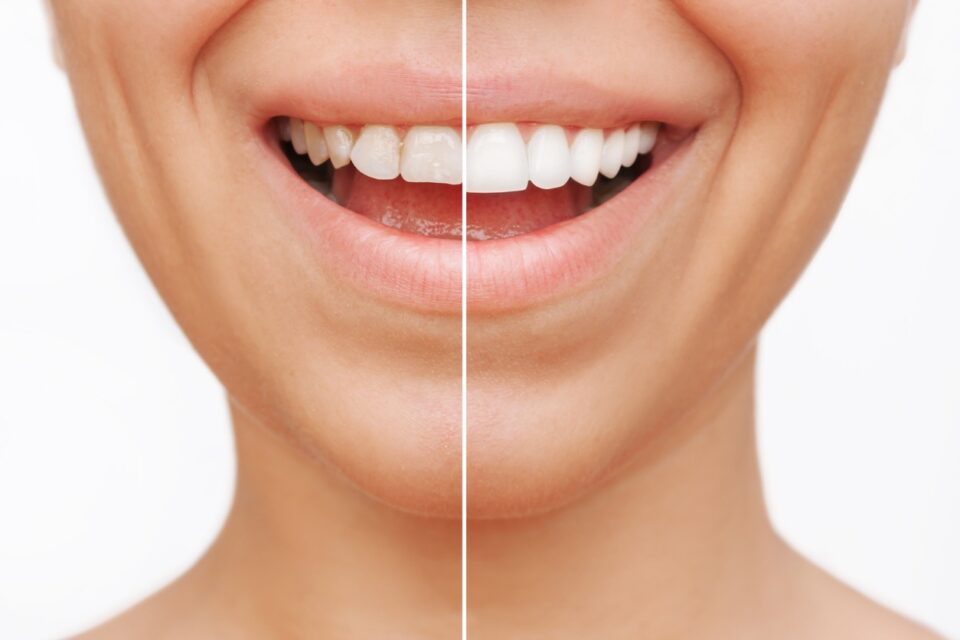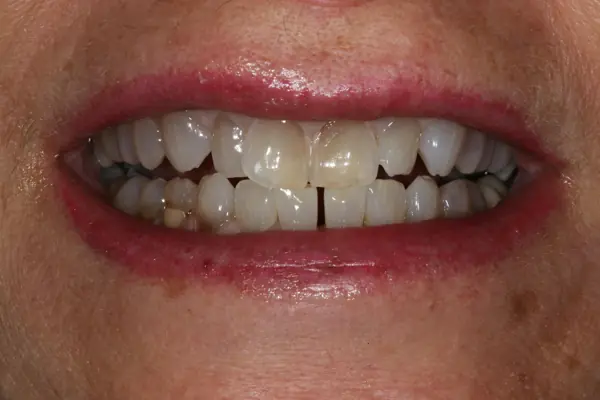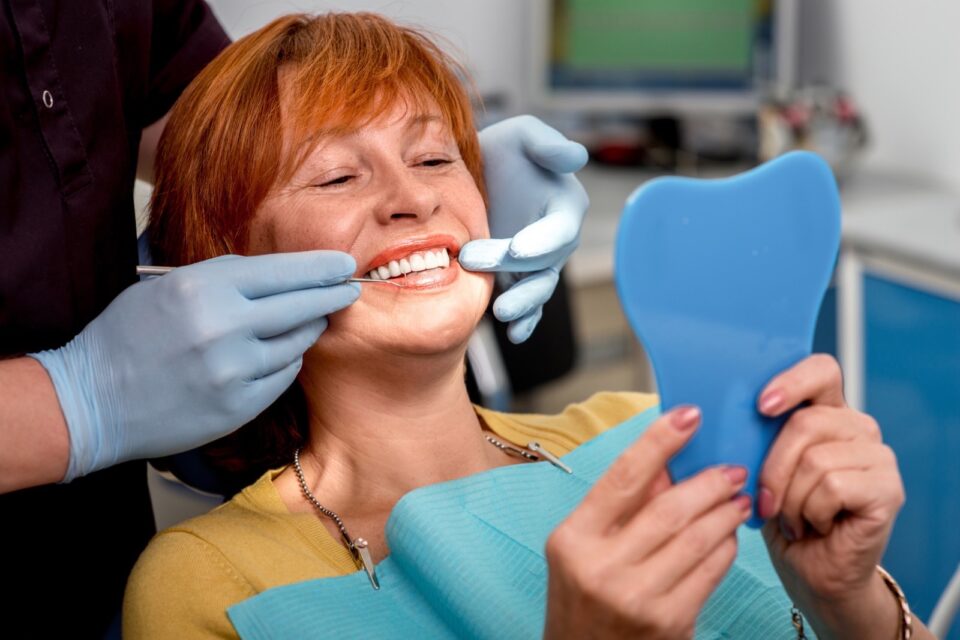Tooth removal, often necessary due to decay, damage, or for orthodontic reasons, can seem daunting. However, with advances in dental techniques and technology, extractions have become much simpler and less discomforting.
The focus is on making the experience as easy and pain-free as possible, using the latest methods practiced by skilled dental professionals. From the initial consultation to the post-procedure care, this resource ensures that patients are well-informed and prepared. It also addresses common concerns and questions, offering reassurance and practical advice to anyone facing the prospect of a tooth extraction.
Whether it’s a straightforward removal or a more complex procedure, this guide is an invaluable resource for anyone looking to navigate their dental health with confidence.
What are the common reasons for tooth extractions?
Tooth extractions may be necessary for various reasons, including:
- Severe Tooth Decay: When tooth decay has progressed to an advanced stage and cannot be effectively treated with a filling or root canal therapy, extraction may be necessary to prevent further damage to surrounding teeth and tissues.
- Impacted Wisdom Teeth: Due to jaw space constraints, wisdom teeth (third molars) may become impacted. Wisdom teeth that impact can cause pain, infection, and tooth destruction, requiring extraction.
- Dental Trauma: Teeth that have been trauma-damaged or severely fractured may require extraction if they cannot be restored through other dental procedures.
- Gum Disease: Advanced gum disease can cause tooth-supporting bone and tissue loss, resulting in loose teeth that may need to be extracted to prevent further complications.
- Crowding: In some cases of orthodontic treatment, tooth extraction may be needed for space and ease proper alignment of the remaining teeth.
- Orthodontic Treatment: Orthodontists may recommend tooth extractions as part of a treatment plan to address severe crowding or alignment issues in the mouth.
- Supernumerary Teeth: Extra teeth that develop in the mouth, known as supernumerary teeth, may need to be extracted if they are causing problems with bite alignment or impede the eruption of permanent teeth.
These are just a few common reasons for tooth extractions; each case is unique. It’s essential to consult with a dentist or oral surgeon to decide the best treatment for your specific dental condition.
How do dentists determine if a tooth needs to be extracted?
Dentists use various methods to determine if a tooth needs to be extracted, including:
- Clinical Examination: Dentists evaluate the tooth and surrounding tissues visually and tactilely. Decay, damage, mobility, infection, and other indications may indicate extraction.
- Dental X-rays: X-rays reveal tooth, root, and bone characteristics. X-rays help dentists determine tooth extraction based on tooth decay, impacted teeth, infection, abscesses, and other reasons.
- Periodontal Evaluation: Dentists may examine gums and bone for gum-diseased teeth. Bone loss can result from severe gum disease tooth looseness, requiring extraction.
- Patient Symptoms: Dentists assess discomfort, swelling, sensitivity, trouble chewing, and cosmetic issues. Symptoms, clinical observations, and diagnostic testing help dentists decide if extraction is needed.
- Treatment Goals: Dentists discuss treatment alternatives and goals with patients based on tooth prognosis, oral health, and preferences. When extraction is the most excellent option to fix the problem and get the best results, dentists recommend it.
Dentists use a combination of clinical examination, diagnostic tests, patient symptoms, and treatment goals to determine if a tooth needs to be extracted. The decision is made considering the patient’s best interests and oral health.
What are the different types of tooth extraction procedures?
There are two main types of tooth extraction procedures:
- Simple Extraction
- Simple extractions are performed on visible teeth that the dentist can readily access.
- Local anesthesia is applied by the dentist to numb the teeth to reduce procedure pain.
- Using specialized dental instruments, such as forceps, the dentist loosens the tooth and gently removes it from the socket.
- After extraction, the dentist may apply gauze to the extraction site to reduce bleeding and enhance clot formation.
- Simple extractions are typically performed on decayed, damaged, or non-restorable teeth for orthodontic purposes or to address overcrowding.
- Surgical Extraction
- Surgical extractions of problematic teeth are more complicated, not easily accessible or cannot be removed using simple extraction techniques.
- This type of extraction may be necessary for impacted teeth, severely broken or fractured teeth, or teeth with curved or multiple roots.
- Surgical extractions are typically conducted using local anesthesia, although difficult instances or dental anxiety patients may require sedation or general anesthesia.
- To access and remove the tooth, the dentist or oral surgeon may need to cut gums and/or remove bone around it.
- After extraction, the dentist may place stitches to close the surgical site and promote proper healing.
- Surgical extractions may require a longer recovery period compared to simple extractions and may involve post-operative instructions for pain management and oral care.
These are the main types of tooth extraction procedures, and the appropriate method depends on factors such as the tooth’s location and condition, the patient’s dental health and complexity of extraction.
What are the potential risks and complications associated with tooth removal?
While tooth extraction is a standard and generally safe process, dangers and complications may arise it, including:
- Pain and Discomfort: Some degree of pain, swelling, and discomfort is expected after tooth extraction, particularly in the first few days following the method. Pain medicines typically help and proper home care.
- Bleeding: Extraction site bleeding is expected immediately after the procedure. In rare cases, excessive bleeding may occur, requiring additional intervention to control it.
- Dry Socket: Dry socket (alveolar osteitis) occurs when blood clots form in the extraction site becomes dislodged or dissolves prematurely, exposing the underlying bone, nerves. This can cause considerable pain and slow healing.
- Infection: Infection of the extraction site is a potential complication, especially if proper post-operative care instructions are not followed. An infection may cause pain, edema, redness, and discharge from the extraction site.
- Nerve Damage: During extraction, nearby nerves may be injured, leading to temporary or, in rare cases, persistent lip, tongue, or cheek numbness or tingling.
- Sinus Problems: Extraction of upper back teeth, particularly molars, can sometimes communicate between the mouth and the sinus cavity, leading to sinus issues such as sinusitis or an oroantral fistula.
- Fractured Jaw: In rare cases, excessive force applied during extraction, particularly with impacted teeth or in patients with weakened jawbones, can lead to jaw fractures.
- Damage to Adjacent Teeth or Tissues: Accidental damage to neighboring teeth, gums, or jawbone can occur during extraction, although this is rare and typically avoidable with proper technique.
Follow your dentist’s post-operative advice to reduce issues, including oral cleanliness, avoiding specific foods and activities, and attending follow-up appointments. After tooth extraction, see your dentist or oral surgeon immediately for examination and treatment if symptoms worsen.
Simplify Tooth Removal with Easy Extraction Procedures!
Find tooth removal easy at Jaline Boccuzzi Dentistry! Our experts perform delicate extractions to ease dental procedures. We guarantee comfort throughout with modern procedures and sympathetic care. Our qualified personnel will perform simple or complex extractions accurately and effectively. Escape dental pain and enjoy an easier extraction. Book your appointment today!


